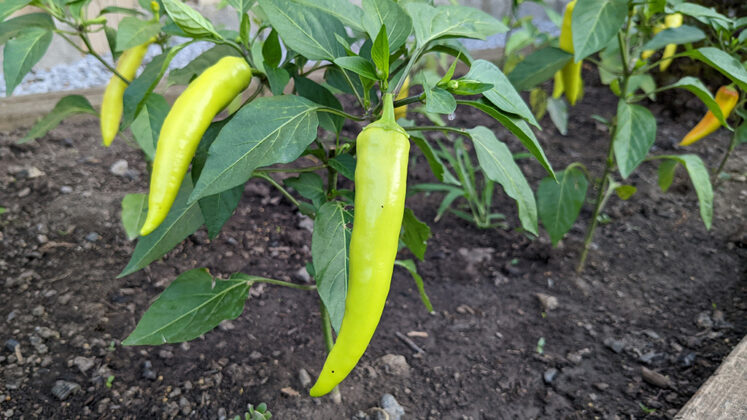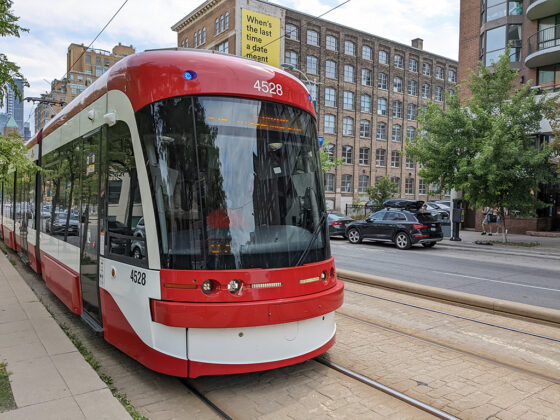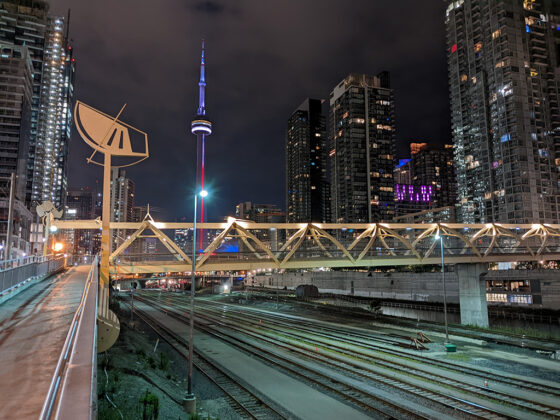![]() The Google Pixel 6a is the Android phone you might like if you’re hunting for a solid mix of size, features, performance, and affordability. This phone’s release in Canada is a bigger deal than it otherwise would be. The Pixel 5a never came to Canada in 2021, making Google’s mid-range model unavailable. It’s essentially a two-year gap from the Pixel 4a leading up to the Pixel 6a, and they actually have little in common, both from a design and functional perspective.
The Google Pixel 6a is the Android phone you might like if you’re hunting for a solid mix of size, features, performance, and affordability. This phone’s release in Canada is a bigger deal than it otherwise would be. The Pixel 5a never came to Canada in 2021, making Google’s mid-range model unavailable. It’s essentially a two-year gap from the Pixel 4a leading up to the Pixel 6a, and they actually have little in common, both from a design and functional perspective.
The Pixel 6a is, in many ways, a Pixel 6 with a few differentiators to separate them. I will point out some of the experiential nuances between them, but from a broader viewpoint, this device offers an interesting mix placing it among the best options for Android users currently available.
Google Pixel 6a specsDisplay: 6.1-inch 2400 x 1080 OLED display 20:9 aspect ratio with 429 pixels per inch |
Google Pixel 6a overview
I covered some of the main design points the announcement article, but the basics are familiar. This looks every bit like the current generation of Pixel phones, only with less expensive materials. A glass-like back with a slit across the top housing the camera array, and plastic edges along the sides that offer a decent grip on the device.
This phone, while a cheaper alternative, doesn’t feel cheap. Its lightweight body and slimmer frame give the impression that you’re wielding a smaller phone, which is saying something for a handset with a 6.1-inch display. Sure, screen sizes are generally bigger these days, as it is, but I imagine you’ll feel what I’m saying here when holding this phone in your hand.
The screen is the same resolution as the Pixel 6, albeit with some differences. On the brighter side, I found the fingerprint sensor more effective and responsive on the Pixel 6a. On the not so bright side, the 60Hz refresh rate is a downer for me. While I wouldn’t expect a buttery smooth 120Hz, at least 90Hz would’ve been nice. It’s not a deal-breaker, by any means, because it is something you get used to. I’m used to smoother navigation with all the phones I test, but I didn’t come away feeling like the Pixel 6a held me back. I hope Google addresses this with the next A series phone though.
Some trade-offs apply on the inside, too. With 6GB of RAM and 128GB of storage, both are lower than what you can get with the other Pixel 6 phones. I did notice slower processing relative to the Pixel 6 Pro, but that was something I fully expected. If you’re not doing anything too intensive on here, I’m not sure you’d find this stifling.
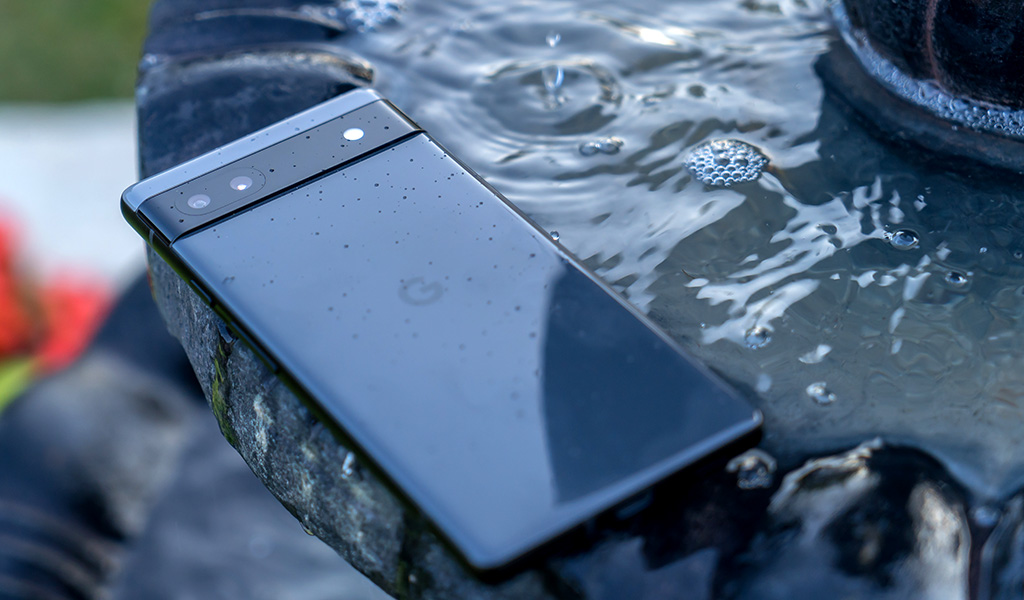 Google Pixel 6a performance and software
Google Pixel 6a performance and software
Google first debuted its Tensor processor in the Pixel 6 and 6 Pro, and chose to include it in the 6a. By the time the Pixel 7 comes out later in 2022, it will be an older chip, but it turns out to be a nice complement to this device. Tensor isn’t the fastest, nor the most powerful, chipset available on phones these days. Its benefit is largely on enabling the features that make Pixels unique among Android phones.
As an example, I love Call Screen on my Pixel 6 Pro for warding off spam and scam calls. If you’re not familiar with it, you tap it as a call comes in and Google Assistant asks the caller to identify themselves and why they’re calling. Just about every time, it kills the attempted spammer from getting through. The Pixel 6a offers the same feature and it works like a charm.
Voice Typing for messaging works about the same as it does on the others. The Pixel 6a recognizes foreign languages through Google Translate the same way the others do, too. You still need to download the languages you want to use to translate and respond smoothly, but trust me, it’s well worth it. The Recorder app also runs smoothly, transcribing everything it hears—still an awesome feature because it doesn’t need a network or Wi-Fi connection to do it. I’ll get to Magic Eraser and Camouflage in the camera section below, but Tensor does its thing for those as well.
If you’re worried about someone possibly tapping into your camera or microphone, the Titan M2 security chip within Tensor is what enables the green icon at the top-right telling you when apps are using them.
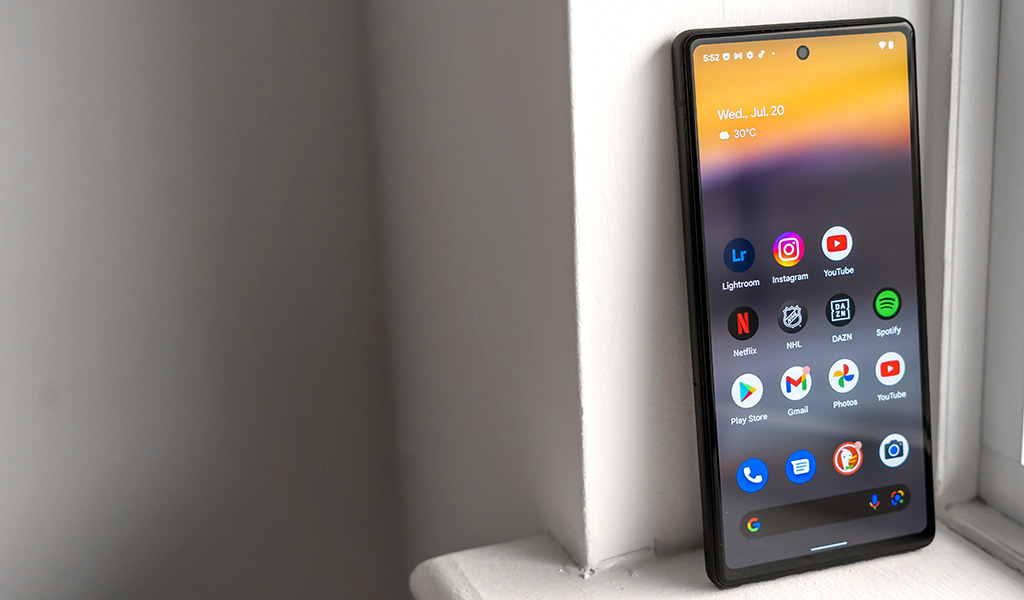 Android 12 on the Pixel 6a
Android 12 on the Pixel 6a
The Pixel 6a comes out as Android 12 is at a more mature stage, whereas the other Pixel 6 models launched as it was still fresh. Personally, I find each major Android version less “visible” in the sense that much of what changes from one to the next is behind the scenes, so to speak. Android 12 wasn’t like that at all. It did change a lot of the visual elements, and that’s one reason why the Pixel 6a feels different from the Pixel 4a. The 4a does upgrade to Android 12, but the marriage between Android 12 and Tensor does add something.
The “Material You” theme Android 12 ushered in added new wallpapers and widgets to customize your phone. It’s no different in the Pixel 6a. Customizing these sorts of things aren’t new for mid-range phones, but the fact it works here the same way it does on Google’s flagships is synergy worth praise.
Security updates come along at the same time, keeping the phone current as you use it. Google will guarantee three years of Android updates, and five years of monthly security updates. That’s exactly the same as the flagships. Another win for keeping things in sync across the product lineup.
I do recommend enabling Quick Tap for the function you think applies to you the most. Go to Settings -> System -> Gestures -> Use Quick Tap to toggle it on. Double-tap the back of the phone to take a screenshot, access Google Assistant, or open an app of your choice, among other options. It quickly became one of my favourite features in the Pixel 6 Pro, and I loved it here as well.
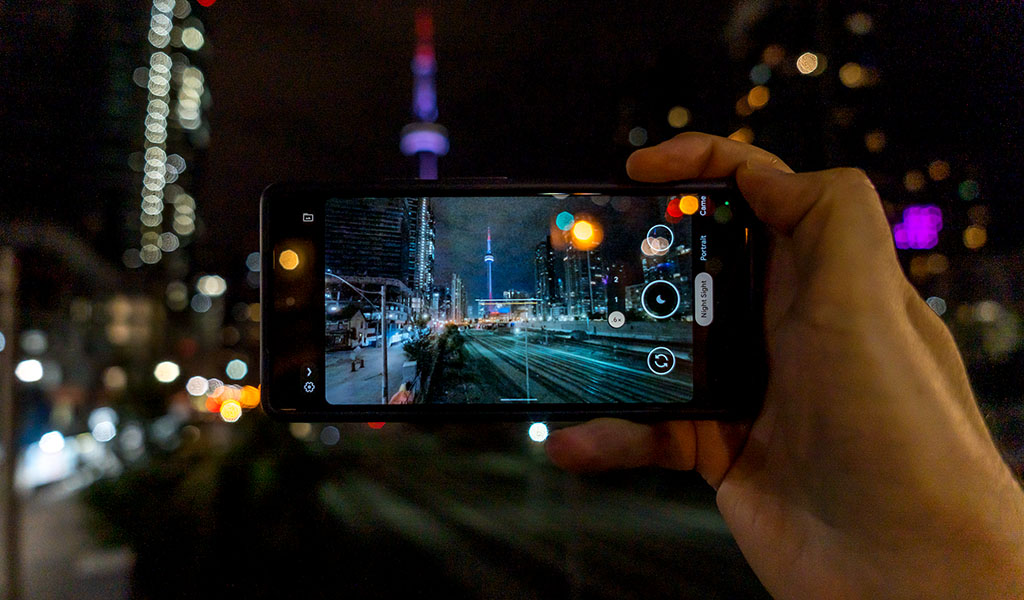 Google Pixel 6a camera quality
Google Pixel 6a camera quality
Pixel phones are known for camera performance, and by mid-range standards, the Pixel 6a is a solid option. It does use a different image sensor for the main camera, so that 12.2-megapixel sensor won’t get you the same results as the 50-megapixel in the Pixel 6. It’s not the megapixels so much as it is the actual sensor itself. The Pixel 6 and 6 Pro actually don’t even let you shoot at the full 50-megapixels anyway. They use pixel binning, making each shot a 12.5-megapixel image. It’s one reason they capture better photos in all conditions, simply because the better sensor doesn’t have to work as hard. Google’s outstanding computational software is the secret sauce that makes it all so good.
That sauce, if you will, is laid out over photos taken with the Pixel 6a, only without as nice a canvas to work with. The key is how much light the sensor can take in. On the Pixel 6 and 6 Pro, it’s up to 150% more than the Pixel 5. On the Pixel 6a, I would say it’s a negligible difference. While it may sound like I’m throwing shade at the camera, I’m just setting expectations. This phone is still one of the best mid-rangers you’ll find for mobile photography. It just doesn’t blow away the competition or set a new standard.
The 12-megapixel ultrawide is the same as the other Pixel 6 models, so results are more congruent here. Still, you can definitely get great shots with both lenses. They won’t be quite as detailed, bokeh isn’t as creamy, and zooming won’t look too good. The lack of a telephoto lens stings a little for that last point. Google’s prowess for digital zoom in the other Pixel 6 phones just doesn’t work its magic here.
You won’t see much magic on the video side, either. Google has been playing catch-up in this area, and the Pixel 6a doesn’t move things forward in that regard. You’ll get decent clips, and they should be fine for your typical social media posts, but there’s not a lot to highlight. It’s great that you can shoot in 4K at 60fps, along with Slow Motion and Time Lapse modes, and including the stabilization modes, you’ve got some tools to work with.
Magic Eraser and Camouflage on the Pixel 6a
Speaking of tools, Magic Eraser works with the Pixel 6a, bringing over an excellent feature from the other Pixel models. You’ll find it in Google Photos under Tools, where you can literally make an unwanted part of the image disappear. It works very well in a lot of situations, though can struggle in images with a lot going on. For instance, if you’re shooting a busy street scene with a crowd and all the other elements you’d expect, it will be harder to accurately remove certain elements. It’s well worth experimenting with, especially if you’re on a trip at a landmark and want to get rid of everyone else getting in your shot.
![]()
Camouflage is available within Magic Eraser, and rather than remove people or objects, it changes their colour. More succinctly, it adjusts the colour and tone to better fit into the photo so they don’t stand out and take away from the main subject. It’s pretty cool, and I can see good use cases for it. Plus, it’s currently exclusive to the Pixel 6a, as Google hasn’t brought it to the other Pixel 6 models.
Google Pixel 6a battery life
The Pixel 6a has a modest 4410mAh battery, which is fairly standard for a phone this size. I didn’t come across an overall problem with how long the phone lasted day-to-day, though did notice challenges I had to consider. For one, 5G connectivity drains this phone’s battery more than arguably anything else does. That’s not a huge problem, given 5G networks are still new and deploying, but it can apply to LTE connections, too. On Wi-Fi, the battery holds up far better.
With a 60Hz screen refresh rate (faster rates are often battery hogs), plus a not-so-hungry Tensor processor, I went in assuming power would be fine. Can the phone last a full day? Absolutely, but I have to throw in the caveat that you are more likely to charge it up again most nights. Adaptive Battery and Extreme Battery Saver are available to mitigate the power drip, but you’d probably rather not have to resort to those on a regular basis.
It’s disappointing Google still refuses to include wireless charging in yet another A series device. The Pixel 6a continues the trend, leaving you only the USB-C port to charge it up. Google doesn’t include a wall charger in the box, though does still include a USB-A-to-USB-C adapter, which is great.
Final thoughts
The Pixel 6a isn’t a flashy phone, nor does it break new ground in any major way. It’s supposed to be a phone that just works and does the key things well. I’ve gone over the corners Google cut to make this device less of a burden on your wallet. It’s obviously not perfect, though I would argue it’s a noticeable upgrade from the Pixel 4a, or even the Pixel 4 and 5. The combination of size and general performance, plus the updates in the coming years, do stand out. Those updates could improve the phone’s current limitations over the near term, and I fully expect the phone to work well two or three years from now.
The Google Pixel 6a is available for pre-order now (including a free pair of Google Pixel Buds A-Series wireless earphones) in charcoal, chalk, and sage.


